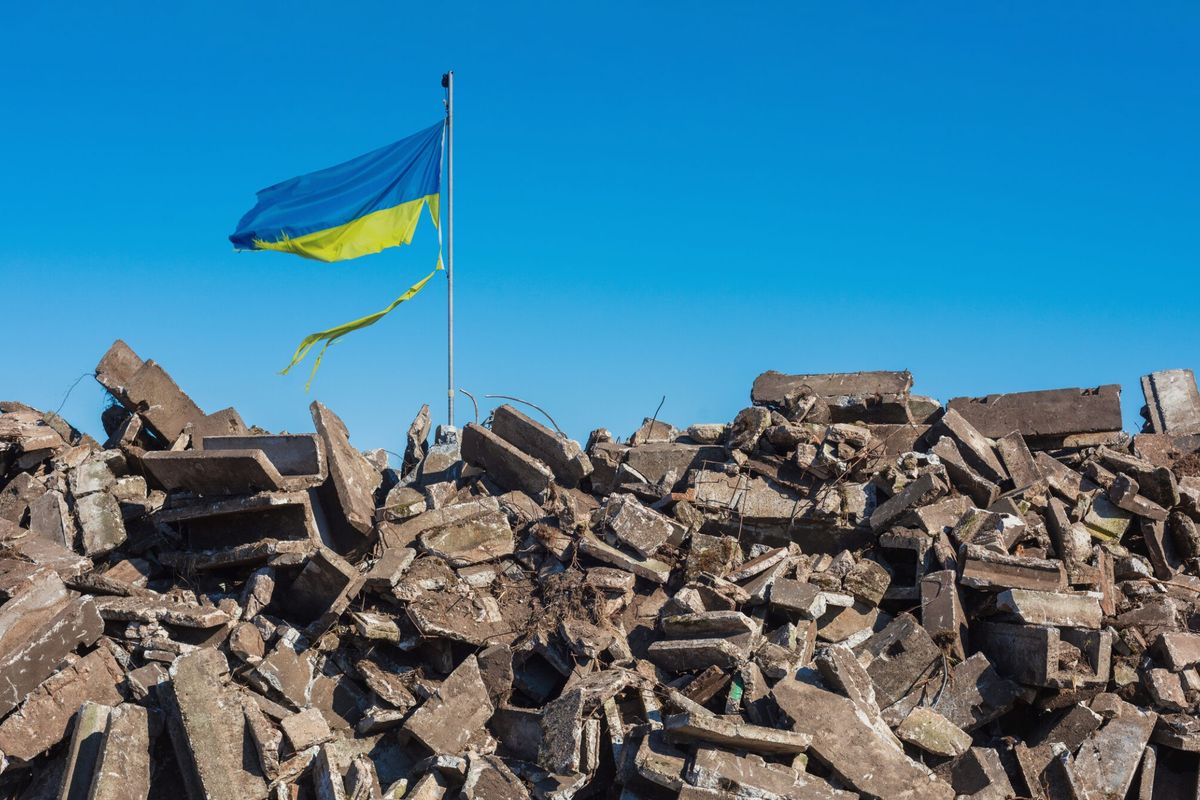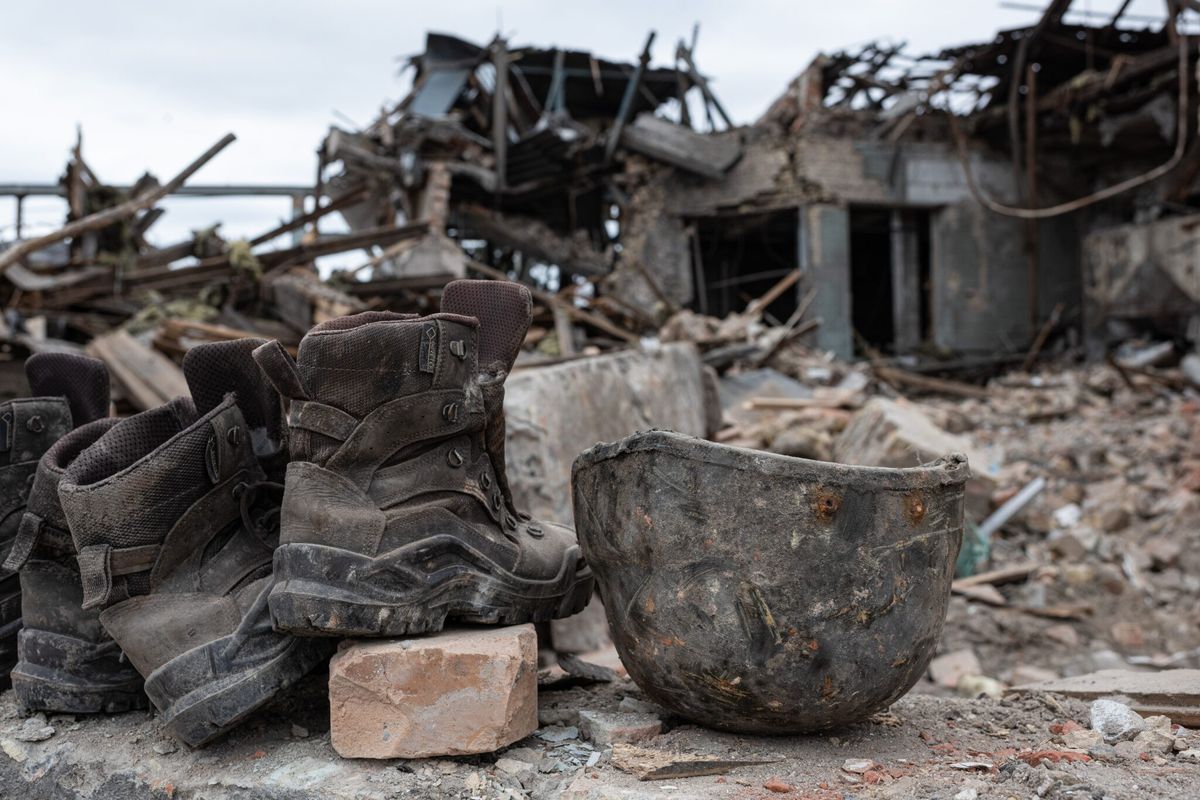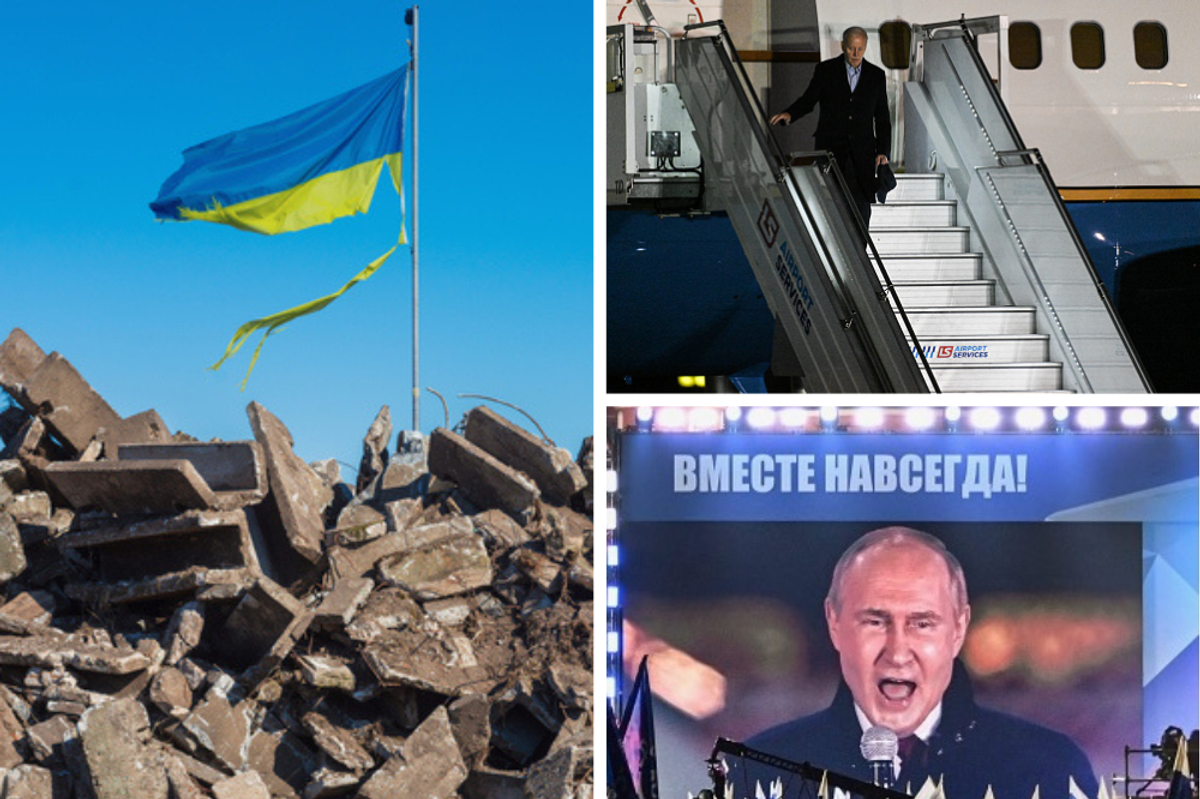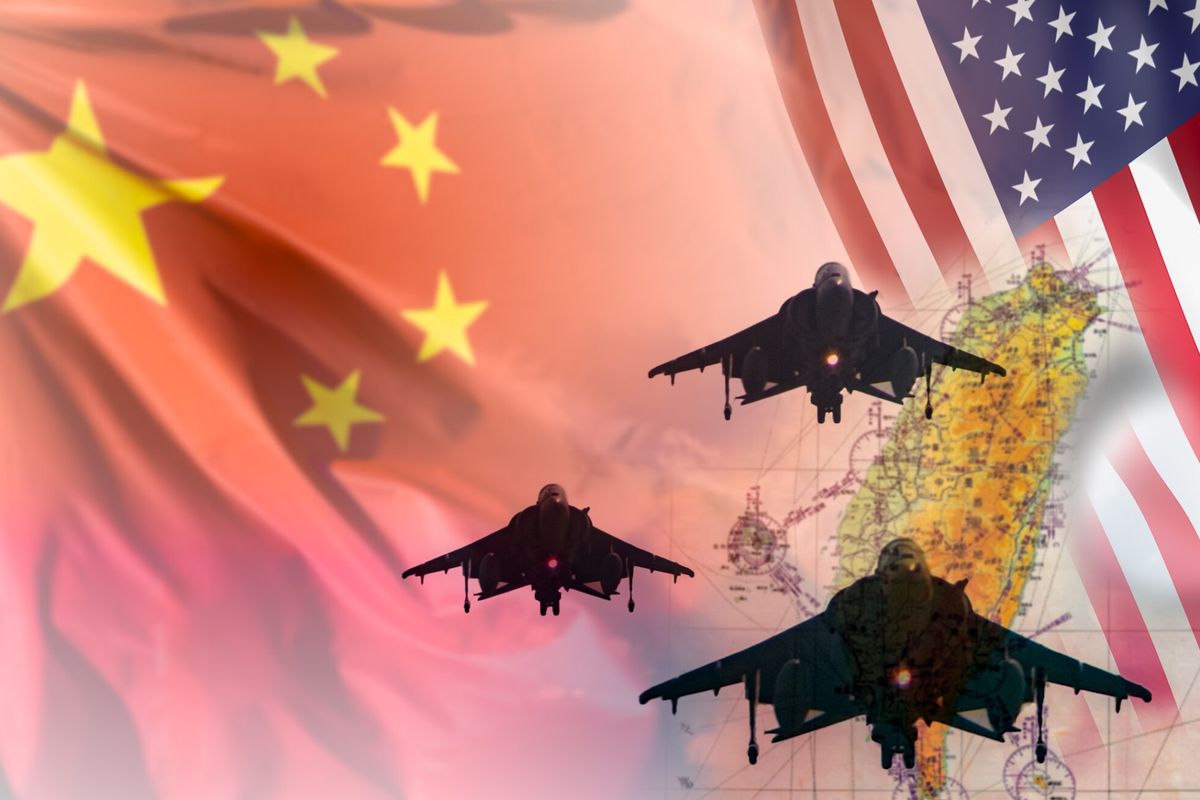As Chief of the U.S. Border Patrol, Michael Fisher is responsible for planning, organizing, coordinating, and directing enforcement efforts to secure the border. He sat down with The Cipher Brief to assess how threats along the border are changing and the crucial role of the private sector in ensuring border security.
The Cipher Brief: Can you characterize the national security threat caused by unauthorized immigration? How has it changed over the years and how do you expect it to change moving forward?
Michael Fisher: The national security threat caused by unauthorized immigration stems from the fact that the majority of individuals arrested attempting entry between the ports of entry do not have any identification documents. So the first challenge for agents is to identify who the individual is and if they pose a national security or public safety threat.
Another characterization that has changed over time is the demographic makeup of those encountered between the ports of entry. Twenty years ago, the vast majority of individuals arrested between the ports of entry were nationals from the country of Mexico; today, half of all arrests are people from 140 countries other than Mexico. My sense, given what we have seen with globalization, is that this trend will continue for the foreseeable future.
TCB: In terms of the challenges of managing unauthorized immigration, we talk about spillover violence, drug running into the country, and other threats. What is the security aspect with which you are most concerned?
MF: It’s all of the above. When you look at our national security mission, all of those that you articulated are right. You have human trafficking, drug smuggling, potential terrorists seeking entry in between the ports of entry, and everything in between. But when we train border patrol agents and send them out there, if we were sitting around a muster getting ready to deploy out in the Nogales area in Arizona, I’m not going to assign you a vehicle and say, “You’re going to work the human smuggling tonight,” and then look to someone else, “I want you to work the narcotics smuggling.” Because the way that the territory works, smuggling is smuggling.
For us, it’s important to understand more and more situational awareness. To understand the environment in which we operate, we have to understand the networks a lot better than we ever have. We had a big change in our strategy. We used to be very terrain focused. The strategy for us was what they would call “terrain denial.” If we could go ahead and take the terrain away from the smuggling organizations, they wouldn’t be able to come in. So that’s what we would do — forward deploy and brut force. Then we shifted over and recognized that we don’t have to look at two thousand miles of the border. We don’t have to deny terrain everywhere because, quite frankly, there are a lot of places along the border, which we found out through geospatial collection and intelligence capabilities, that there wasn’t anything happening there. That was the whole idea of trying to shrink the border.
TCB: You have spent almost 30 years working on border control. What is your definition of a secure border? What does that look like to you?
MF: It is one characterized by low risk. I know that is kind of a nuanced answer to the question. There is some kind of level of specificity in there because, like most federal agencies, we just can’t say, “Well it is low risk. I’ll tell you when I see it. I’ll point to the section of border,” because were beholden not just to the oversight committees and to the American people, but to the people at the U.S. Government Accountability Office (GAO) and Office of the Inspector General (OIG), who are assessing our levels of performance all of the time. They take a look at our metrics. We had to build the capacity to not only define what it was because it had to meet some criteria.
So first and foremost, if you’re going to state an objective, whether it’s a specific strategic objective or a broader state of the border, it has to be achievable, sustainable, and measurable. Those were the criteria that the team was thinking about, and we believe we were able to do all three of those as it pertained to assigning low risk as a secure border. This is at least a starting spot for us to be able to move into implementation, get the first baseline year in, and then measure it each and every year.
TCB: To what extent do you draw in the private sector in this industry in helping you solve this problem?
MF: They were fundamental right from the onset. Are you familiar with the Washington Homeland Security round table in Washington, D.C.? One of the imperatives that we stated as a command staff was that we weren’t going to develop this strategy in a vacuum. We weren’t going to do it without the field agents and leadership in the field’s support, nor did we want to do it just within the bureaucracy. We wanted to bring in some of the outside influences, the stakeholders, who have been following homeland security for many, many years in industry. We were also very sensitive that we didn’t want to pick and choose in a way that would give the perception of impropriety. So we worked with our lawyers and then they came to us with this institution, the Washington Homeland Security Roundtable—part of their mission was to bring in people from government.
They hosted one of our first engagements, during which they brought in 30 representatives from industry. I talked to them for a couple of hours in the morning and said, “We’ve got this idea about the way we’re doing border security now, but we want to switch it. What do you think?” It started from there, and maybe halfway through the design of the strategy, we showed them the blue prints. We sat down and said, “Here is what we are thinking about. Does this make sense to you?” At the same time, we also went out for peer review, so outside of the formal structure, in developing the strategy. I sent out the strategic document when we were about 75 percent done to get feedback from think tanks or centers of excellence. For example, one in El Paso has a curricula designed to have a fundamental understanding of the broader context in what they were reading. I would also send it out to former boarder patrol agents and chiefs that I had worked with over the years.
It was really important for us not to develop the implementation phase in a vacuum because it was very different from what we were doing. Let’s face it: The federal government has a lot of strategies, everybody has them. The difference is very few, at least in my experience, are being executed because the strategy is either non-executable because it’s too vague or too redundant.
TCB: What would you think the next step should be in the public-private partnership phase that would be helpful to you?
MF: I think helping in the debate, first and foremost, is this notion of border security—what is acceptable. I think there are lessons to be learned from military systems. They don’t build systems for certitude, and I think our border environment is the same, so there is applicability there. Industry that has worked over the last 10-15 years helping the military solve problems can bring that knowledge and help us at the border. They come in with an understanding and can ask the border patrol agent, “What is your mission, and what do you need to make your job easier?” They then take what industry already knows about the capabilities of some of these systems and apply it to the environment in which we operate.
I think there is a huge knowledge gap because a lot of the agents on the ground—to include the leadership, quite frankly—only know the technology and the capabilities of what we have seen over the last few years. We don’t have a glimpse over the horizon of things that are coming back from theater that may have dual use among our borders.
TCB: Do you see this as a problem that will ever completely go away? How will we know when we have this national security threat under control? Are there measurements already in place to do this?
MF: I believe the debate regarding border security will continue. We will know when we have national security threats under control when those attempting to do harm to our country realize that the cost outweighs the benefit; when the probability of apprehension is high and the consequence too severe. There are measurements in place to assist U.S. Customs and Border Protection (CBP) in assessing the extent to which we are having an effect.












